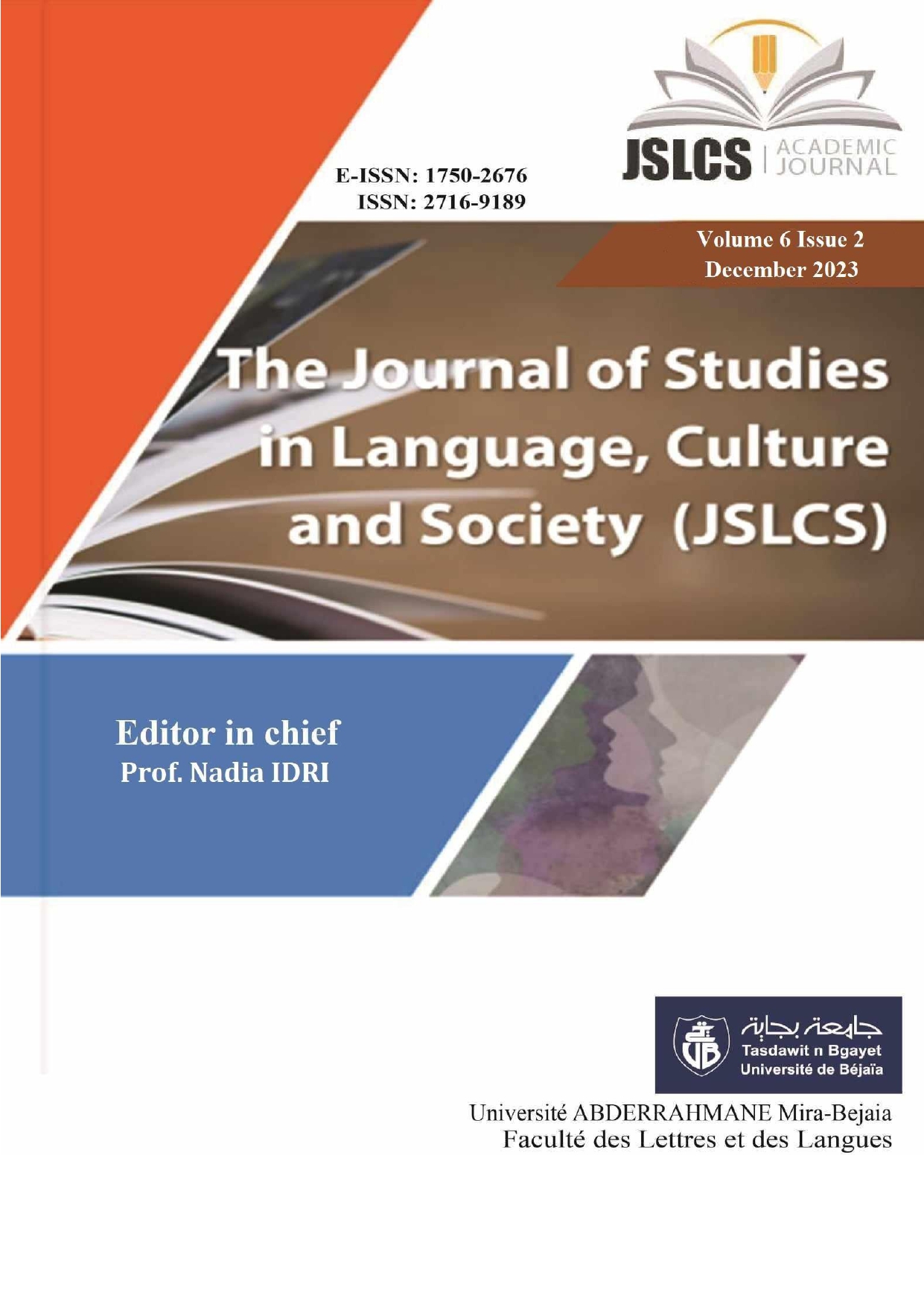Adoption And Adaptation In Harold Pinter’s The Homecoming: The Ambiguous Representation Of Pinter’s Women In The Play.
Keywords:
Adoption, Adaptation, fragmentation, ambiguity, female representation, cultural powerAbstract
This paper is concerned with analyzing the linguistic tools used by Harold Pinter to adapt to the representation of women in the twentieth century. A close reading of the play exhibits a particular reference to the ideological representation of gender, articulated mostly through the cultural codes of language and the attributes of the patriarchal society. As I will argue, The Homecoming identifies the source of a series of ambiguous instances that resonate in Ruth’s and the male characters’ behaviors throughout the play. This paper reacts to the articulation of cultural power through the linguistic exchange between Ruth and the male members of the family. Pinter depicts Ruth as being the sole character in the play who unchains herself from any moral restriction and reduces any possibility of falling into the abyss of linguistic misinterpretations. Max and his sons, in contrast, “have become lost in personal level of being and confuse the contents of their minds with an assumed concreter reality” (Haney,1998, p.122). The dissonance between male and female characters in the play expands on Pinter’s notion of language as a tool to exploit the gender conflict. To investigate on this assumption about language and cultural power, Gordon argues that, “Sex, gender and the construction of identity: focuses on how the performance of gender is formative in the construction of identity, and how sexuality manifests itself through, between and across gendered identities, manifesting its force in language and behavior.” (2). Language is, indeed, a tool used to gain control over the other. The fragmented discourse of Max at the end of the play proves that it’s Ruth who is manipulating the male characters and it is not the opposite case. To conclude, this paper expands on a thematic study to demystify the representation of women in the new era. The play produces its own form of cultural power through a disruptive linguistic discourse.
References
Coe, R. M. (1975). Logic, Paradox and Pinter’s Homecoming. JSTOR, 27(4), 488-497. Free, W. J. (1969). Treatment of Character in Harold Pinter’s "The Homecoming". JSTOR, 34(4), 1-5.
Ganz, A. (1969). A Clue to the Pinter’s Puzzle: The Triple Self in the Homecoming. JSTOR, 21(2), 180-187.
Gauthier, B. (2003). Harold Pinter, Le Maitre de La Fragmentation. L’Harmattan.
Guido, A., & Henderson, S. (1983). Harold Pinter (Contemporary Writers). United States and Methuen G.Co Limited.
Guigley, A. E. (1975). The Pinter Problem. Princeton: Princeton University Press.
Katherine H, B. (2001). The Dramatic World of Harold Pinter: Its Basis in Ritual. Ohio State University Press.
Leslie, K. (1984). The Language of Silence on the Spoken and the Unspeakable in Modern Drama. Associated University Press.
Prentice, P. (1980). Ruth: Pinter’s The Homecoming Revisited. JSTOR, 26(4), 458-478. Pinter, H. (2001). The Homecoming. Cambridge University Press.
Raby, P. (2001). The Cambridge Companion to Harold Pinter. Cambridge: Cambridge University Press.
Riyadh Abdullah Almaaroof , A. (2013, 12 فبراير). Harold Pinter’s Portrayal of Women in The Homecoming. استرجع في 12 ديسمبر ،2016, من /http//handle net/123456789/7049
Ronald, K. (1995). Understanding Harold Pinter. New York: University of South Carolina Press.
Sakellaridou, E. (1988). Pinter’s Female Characters in the Plays of Harold Pinter. Barnes and Noble Books.








